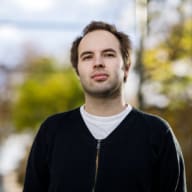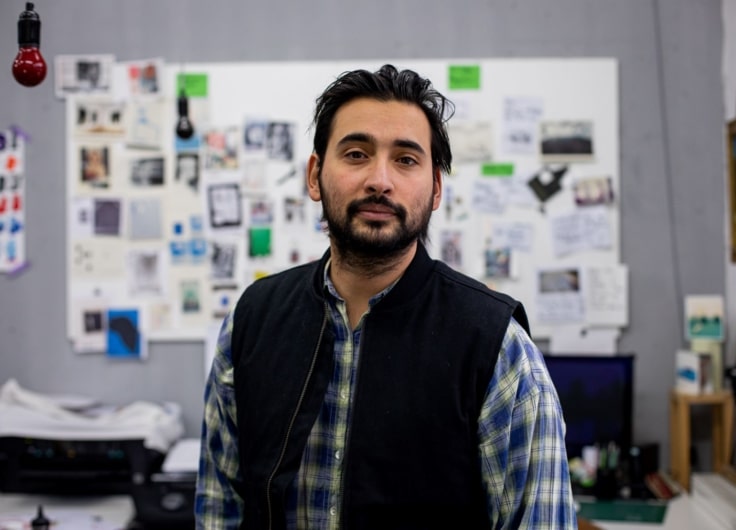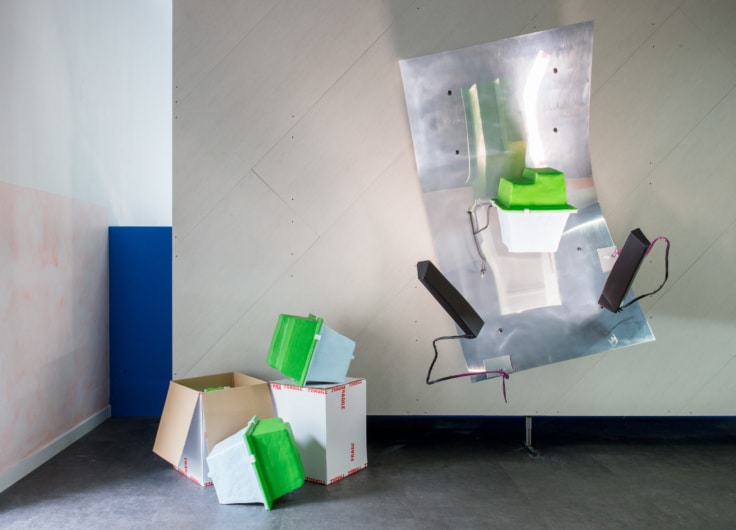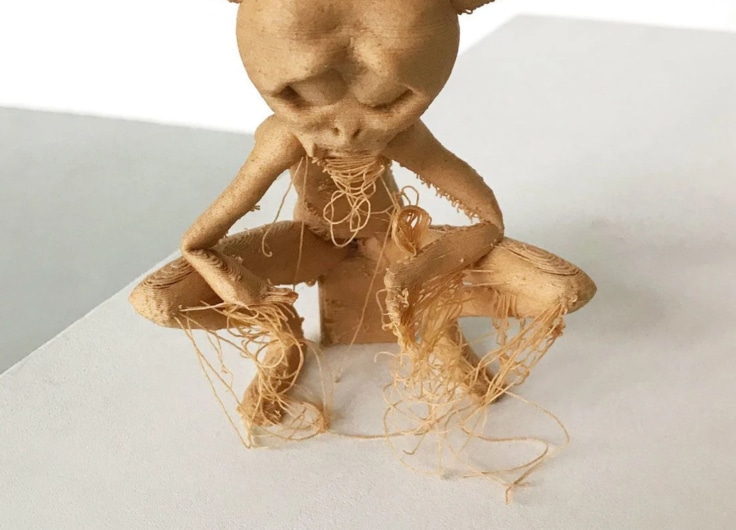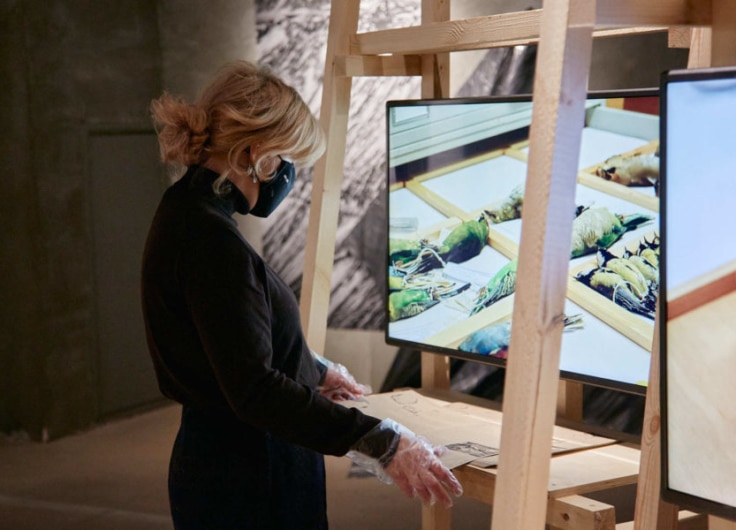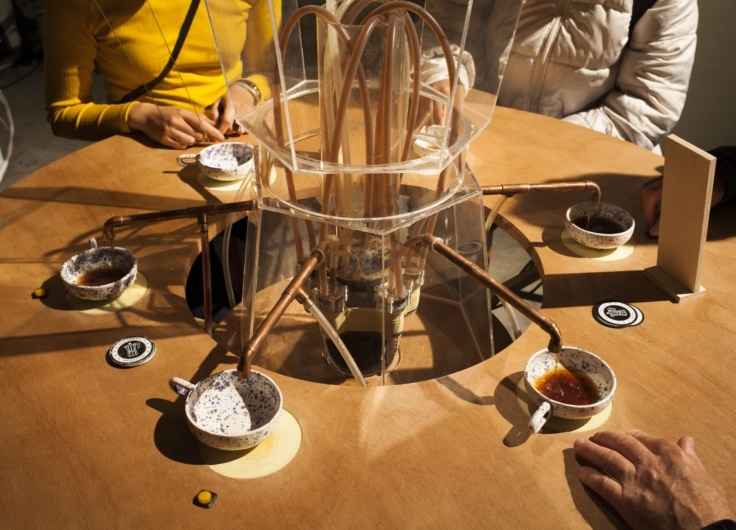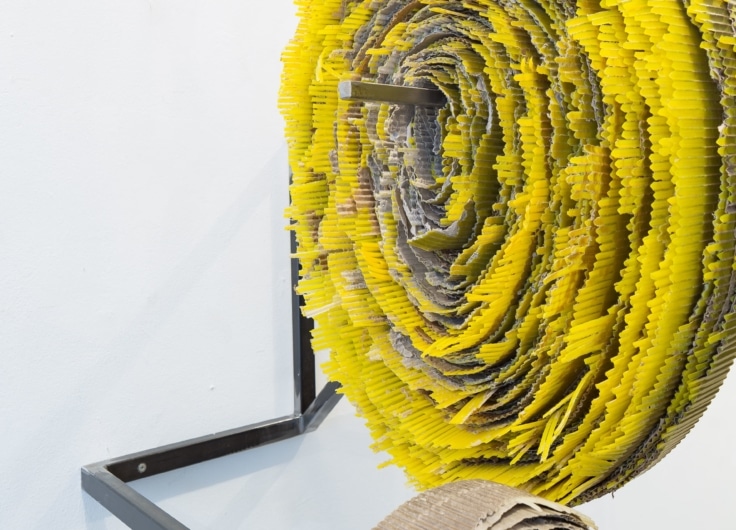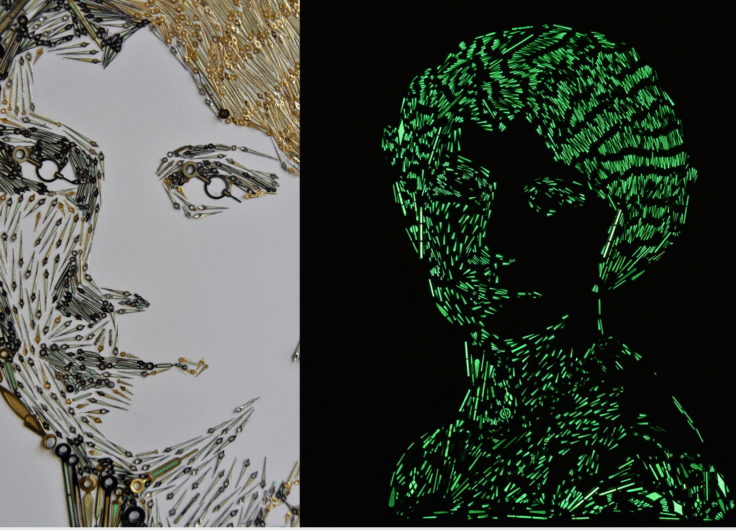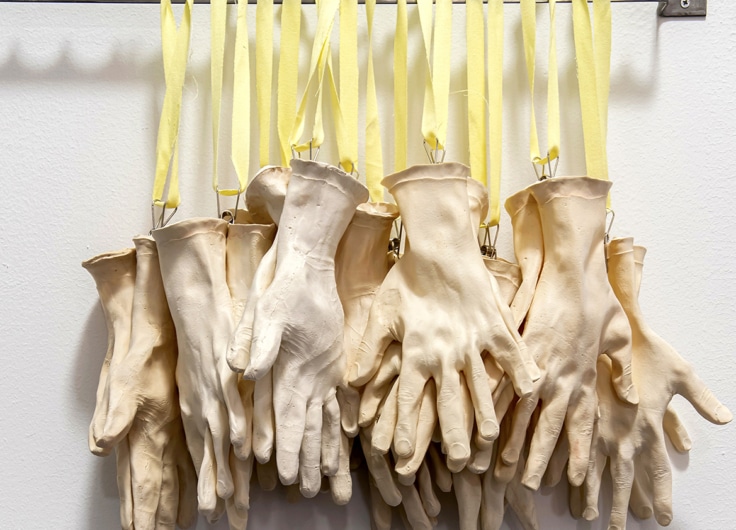Lisa Spilliaert Lets Facts Rise Above Themselves
Does something as factual as genealogy research leave room for fiction and fantasy? Or is kinship no more than just a story? The Japanese-Flemish artist Lisa Spilliaert (1990) seeks out these kinds of tensions in videos such as her episodic Growth Record, for which she periodically takes pictures of a child that could have been hers.
Lisa Spilliaert has a surname familiar to many an art lover. She is often asked if she is related to the famous Belgian painter Léon Spilliaert (1881-1946). This is usually followed by the comment that with a name like that – she simply had to become an artist. She set out to explore this possible relationship for her film Spilliaert
(2022).
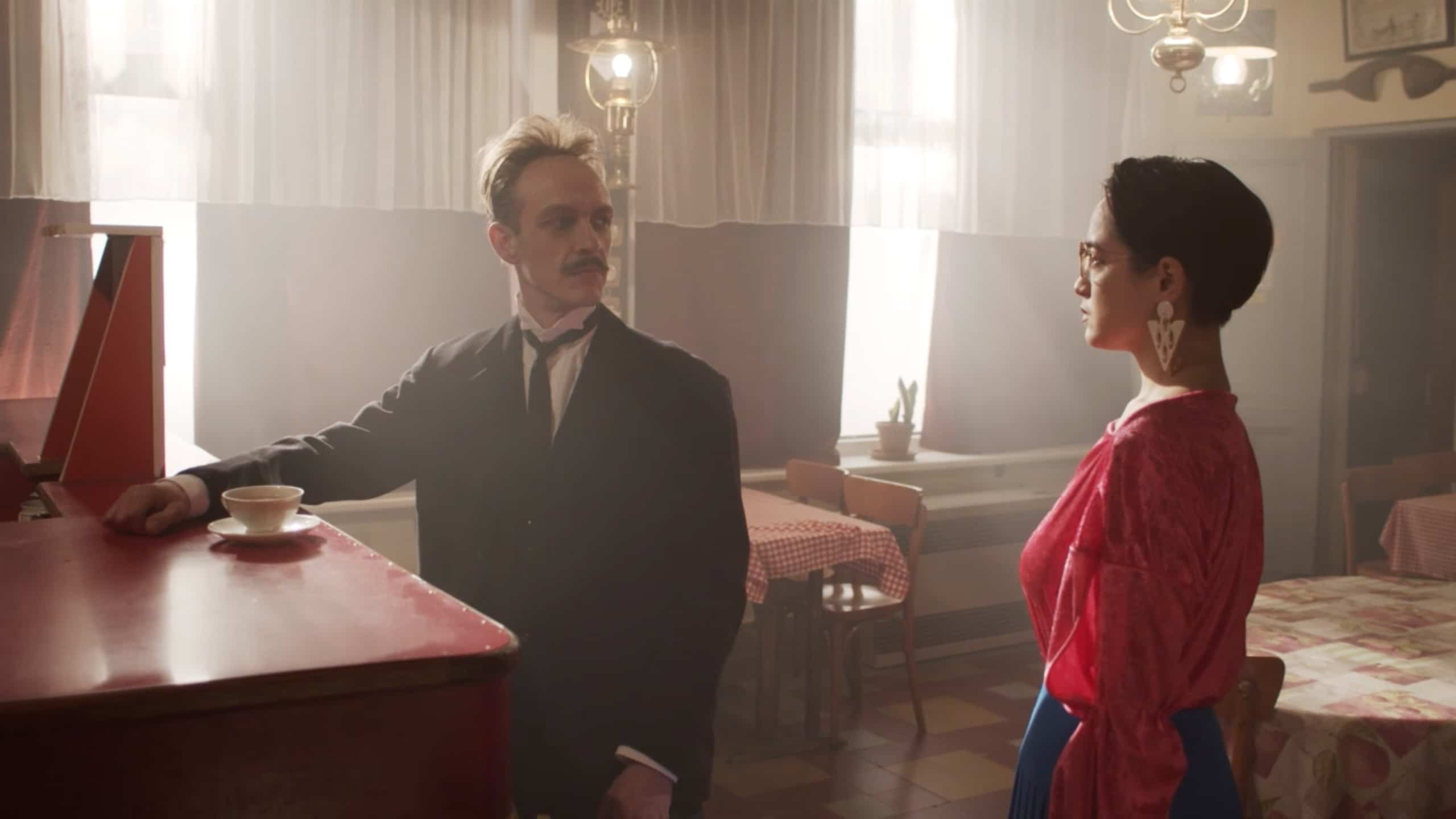 Still from Spilliaert (2022)
Still from Spilliaert (2022)© Lisa Spilliaert
This investigation revealed that both Spilliaerts may have common ancestors dating back to the eighteenth century. Despite the relatively rare surname, the relationship is still fairly uncertain – and with it the alleged relationship between name, origin and artistry. But this doesn’t make speculating about it any less interesting.
Archives and Stories
In any case, Lisa Spilliaert is the daughter of a Japanese woman and a Belgian man. She grew up in her mother’s homeland but left for Belgium when she was seventeen. There she studied photography at the Royal Academy of Fine Arts (KASK) in Ghent. After discovering that her camera had a little red record button, she decided to start making videos as well. Many elements of her work come about spontaneously, she says; an explanation of which will follow later. She also prefers not to talk about pieces of art that she is still working on. When a piece is finished, she still discovers all kinds of things about it, by hearing and reading other people’s interpretations of it. Intuitive choices often turn out to carry or generate a lot of meaning. For example, the decision to rap the lyrics in Spilliaert
was a sudden thought. Subsequently, she finds it interesting – and apparently also amusing – to read that an accompanying text links the film to the free way in which rappers shape their identity.
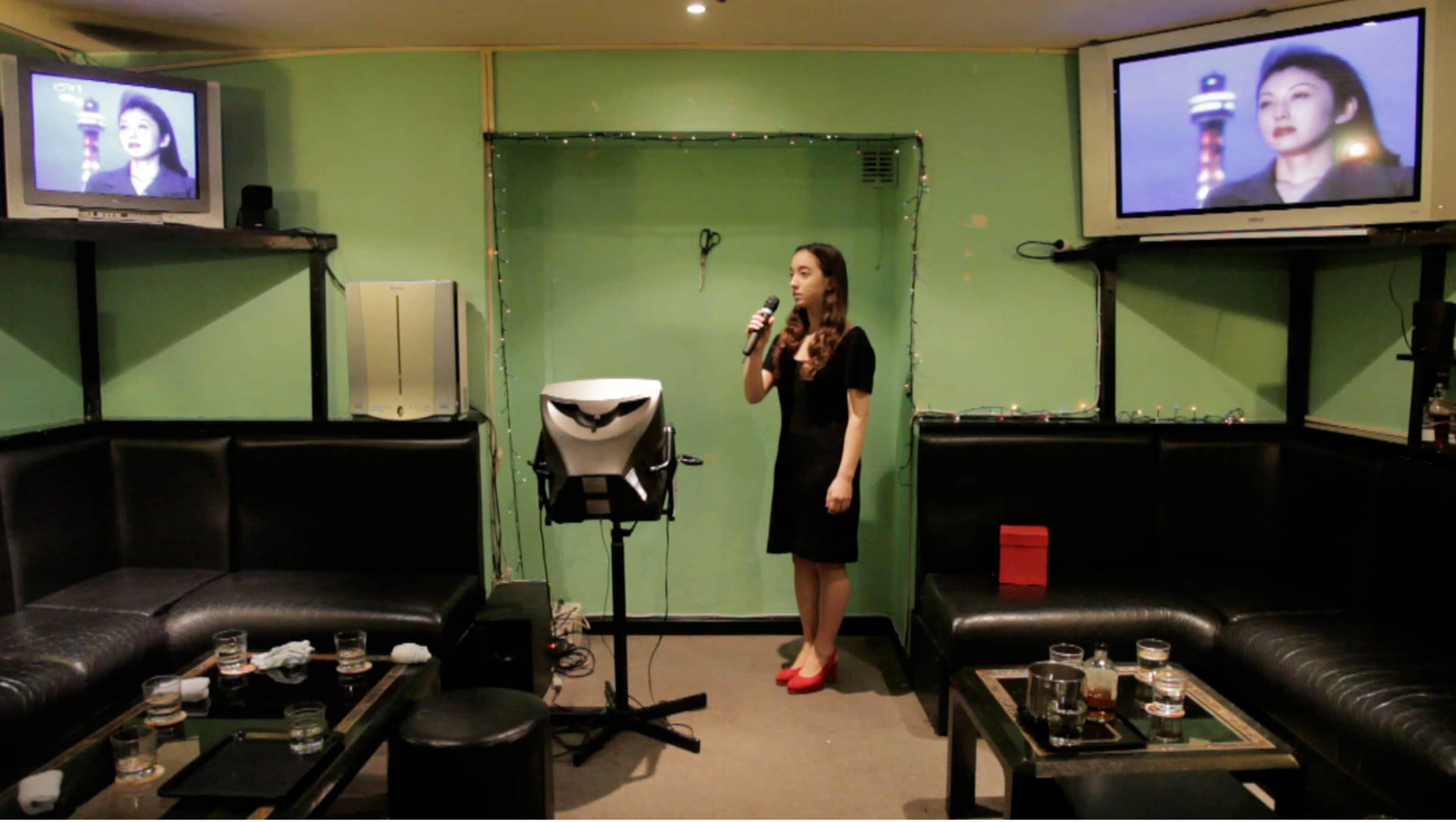 Still from Hotel Red Shoes (2013)
Still from Hotel Red Shoes (2013)© Lisa Spilliaert
Her dual cultural background plays a role in her oeuvre. Together with her sister Clara Spilliaert, she made the short film Hotel Red Shoes (2015), which is based on a nostalgic Japanese song about a woman who leaves the country. One of her more recent projects, N.P (2020), is a silent film, set during a summer in Japan, in which four people discover their shared fascination for a book.
This raises the question of how a story affects their (shared) lives; a theme that also exists in much of her other work. In any case, it can be difficult to draw the line between fact and fiction. Her oeuvre itself, for example, has more than once been characterised as autobiographical, but Spilliaert likes to nuance that. She acknowledges that much of her work touches on her background in different ways, but at the same time, she also emphasises that her work is “not really” about herself.
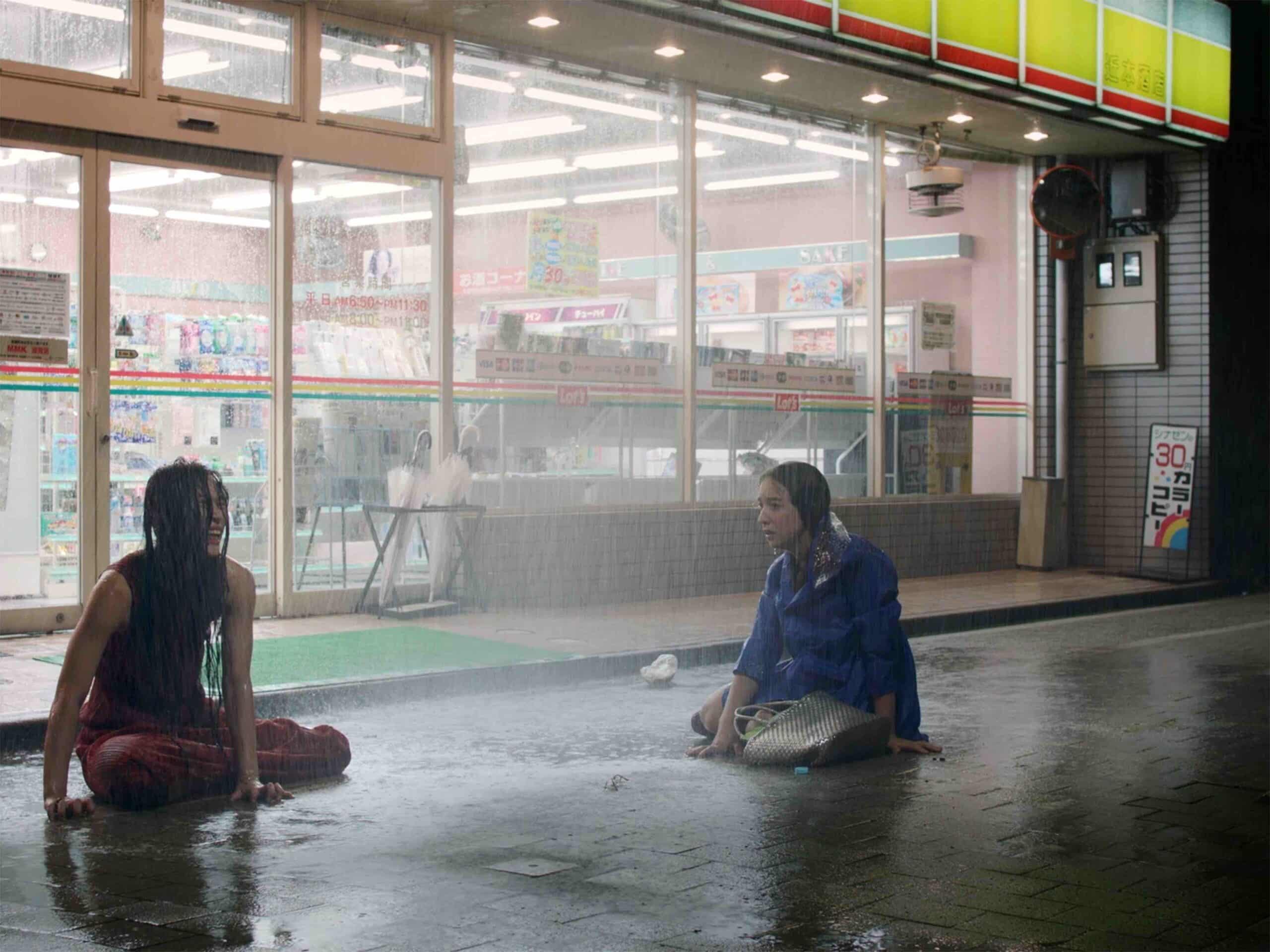 Still from N.P (2020)
Still from N.P (2020)© Lisa Spilliaert
Another recurring theme is genealogy, also known as research into family trees. Archival sources are used for this including birth, marriage and death registers, solicitor records and prayer cards. This type of research is to a large extent practised by amateur historians who want to chart their family histories. Spilliaert finds this a fascinating hobby, because of the tradition and dedication, but also because stories are constructed using many different bits of data and information.
Spilliaert finds genealogy a fascinating hobby, because stories are constructed using many different bits of data and information.
Even when you stick to the facts as much as possible, uncertainties can arise. It can be tempting to fill in the gaps yourself, for example by secretly imagining that you really are related to a famous Belgian painter and that that is the reason why you became an artist. But, Spilliaert says, telling stories to yourself and others is also just a way of keeping a grip on life.
Distance and Projection
Projection, often based on possible family ties, appears to be a recurring theme in Spilliaert’s oeuvre. This is also apparent from Growth Record (2014 – ongoing), an episodic video project that she will continue to work on “as long as she can”.
In the very first part of the project, Spilliaert seems to sum up the premise quite factually, when she talks about a child: “I could have been the mother, because at the time the child was conceived, I also had sex with him” – nine months earlier, to be precise. She talks about “his baby” and there is apparently no mention of a “her” in the project. The people who are in the picture include a Japanese man, his child and the woman who visits this boy to photograph him – Spilliaert herself. Her presence is striking: the matter-of-fact manner in which she speaks about the boy implies distance. But can you really keep your distance if you think you might be someone’s mother?
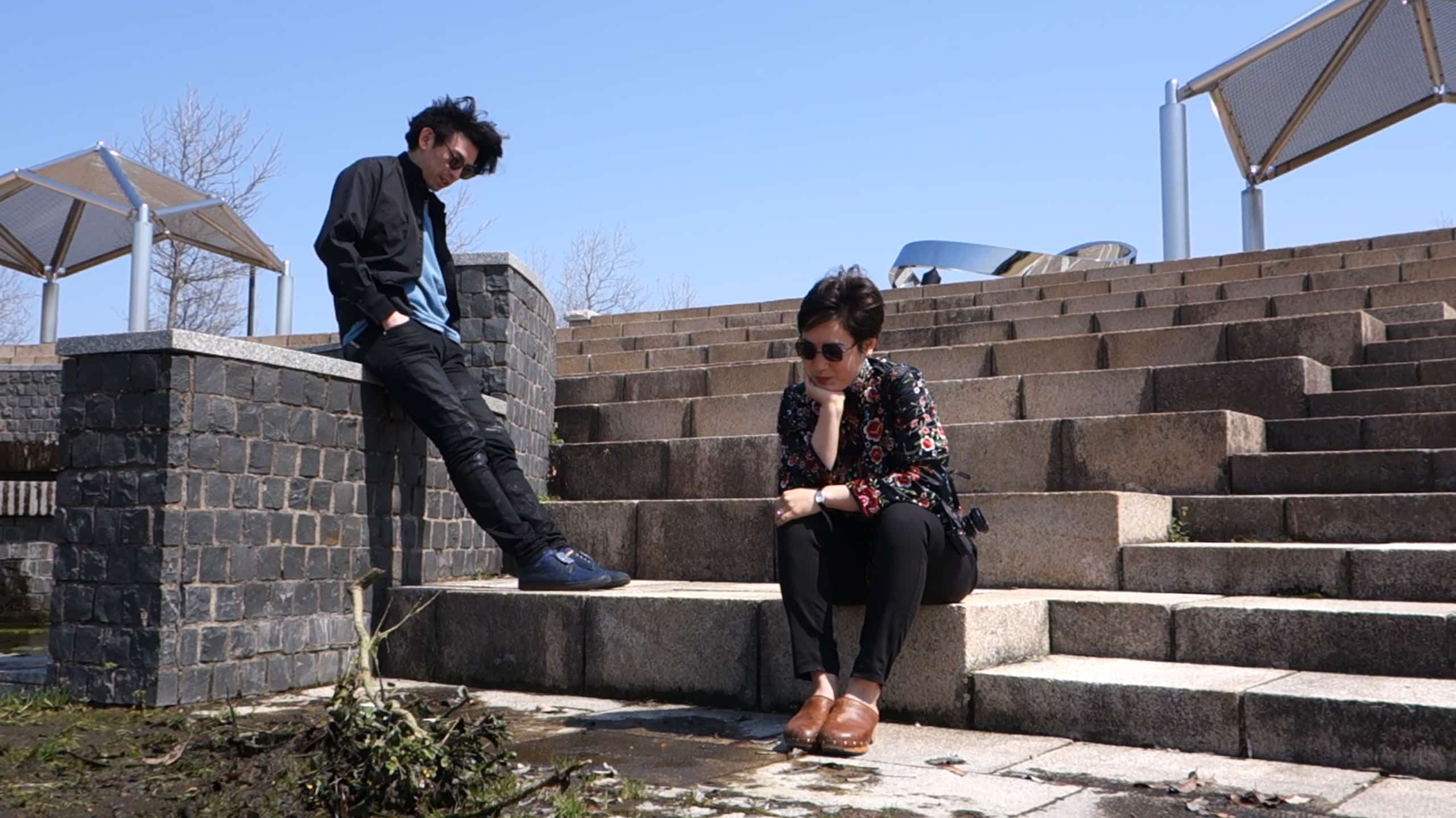 Still from Growth Record #1 (2014-2015)
Still from Growth Record #1 (2014-2015)© Lisa Spilliaert
Although they are both to a large extent about interpretation, genealogy and art are two very different things. The first is strict and the second by definition allows for speculation, fantasy and fiction – even when facts and the “outside world” are involved. The title Growth Record is in itself factual and fairly non-descript, because at first glance it can refer to different kinds of reports on growth rates, whether that of the economy or that of a child’s height.
However, it takes someone who can interpret such numbers to show what they mean – someone who knows what these abstract signs say about reality. But where reports are criticised for obscurity and speculation, art can use reports judged on ambiguities and speculations to really develop its layers.
Gaps and Intervals
Growth Record shows several examples of how bare facts and other prosaic matters can transcend themselves through interpretation. It is remarkable, for example, that Spillaert herself is in the picture so much. She says that when she started the series, she mainly saw herself as a photographer as she had little experience with filming. That’s why she asked a cameraman friend to work on the project and she has continued to work with him for every new part of the project. The result of this is that an image of her relationship to the boy is also created. Growth Record differs in character from her longer films such as Spilliaert and N.P because the approach is much more spontaneous and also more limited in scope: she meets with the boy, and then she takes pictures of him (she also regularly exhibits these photos).
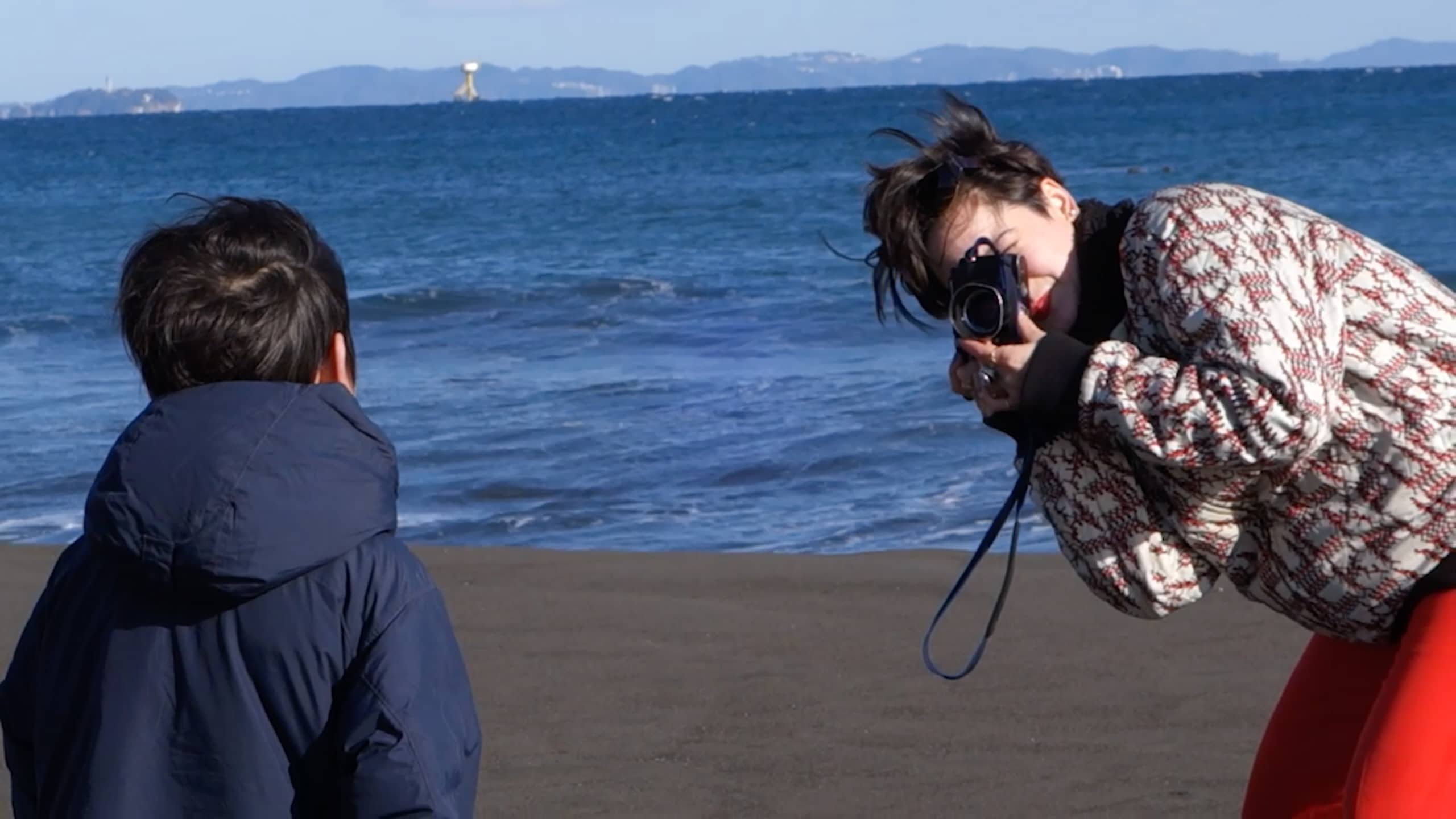 Still from Growth Record #5 (2022)
Still from Growth Record #5 (2022)© Lisa Spilliaert
There are clearly gaps when you look at the multiple parts of Growth Record, because of the time that has elapsed between each video: a whole year between each of the first four videos, and an even longer gap between the fourth and fifth videos. In the very first episode, there seems to be a photoshoot with a baby. The video itself comes across like a making-of of this photoshoot: Spilliaert is followed as she meets the father, finds a suitable place for the shoot, uses her camera, and finds different angles.
From the third episode, the boy is a bit older, he is walking, and more interaction is possible. As a result, Spilliaert seems to be less distant; for example, she plays with the child in a toy shop. She is reminiscent of a family friend, someone who despite the lack of blood ties, might be called “auntie”. But hold on – that’s my own interpretation of course. On the one hand, there is so much I want to ask Spilliaert about her relationship with the boy: does she actually know whether the father has told him why he is coming to photograph her? On the other hand, it’s much more interesting to leave such questions unanswered. It is then that art, to quote the poet Jan Baeke, becomes greater than the facts.

